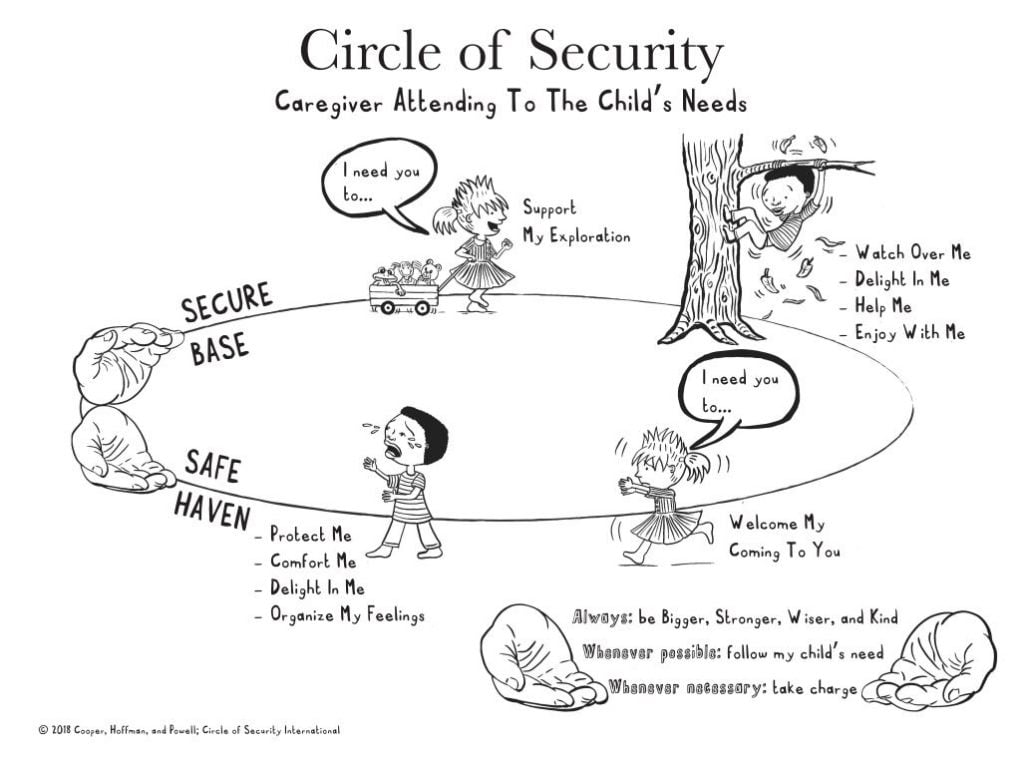Science, Technology, Engineering and Mathematics is everywhere.

What is STEM?
When many people think of STEM they think of engaging in rote learning, memorizing key concepts which they were taught at school, particularly science and mathematics. For some, this educational experience was a taunting and frustrating processes, forever trying to understand how ‘A’ became ‘B’.
At Thrive we ensure STEM education is an integrated part of the curricula, based on children’s interests, therefore stimulating their engagement and promoting their learning! In early childhood, STEM education is deconstructed into process skills and concepts, such as:
- Classifying
- Measuring
- Observing
- Comparing
Science, Technology, Engineering and Math are foundational to the Thrive educational approach. Thrive fosters children as confident and capable learners, promoting high expectations and using intentional scaffolding strategies to support children in achieving all possibilities.

Why is STEM education important in early childhood?
It is important for children to learn each of the domains of STEM separately and interrelated as at times they are inseparable. STEM education enhances children’s ability to use their higher order thinking skills, in particular problem solving. Problem solving skills foundational for children to use STEM simultaneously. Children begin to use STEM concepts long before formal schooling, as children begin to construct their own understanding of the world around them through participation in everyday life.
Examples of everyday activities which foster STEM education
- Filling a bucket up with water
- Watering the garden
- Watching it rain outside
- Driving to school and seeing people going to work or construction sites
- Seeing the bin get emptied once a week from their home
- Observing a butterfly
- Making a sand castle
Birth- 3 Years
Some may underestimate the capabilities of young children, doubting their capacity to understand academic concepts. Surprisingly though, research has shown even preverbal children and infants demonstrate that they are able to deconstruct the processes and concepts within STEM education . Children demonstrate this learning through engaging with musical instruments and understanding repetition, understanding the purpose of a pencil or a cup to drink from, or even more interesting, children will understand physical science by throwing their food from a high chair, or rolling a ball.
Young children and infants are best exposed to STEM education in a naturalistic approach. This approaches involves fostering the natural elements of the world, allowing children to use their curiosity to explore, discover and investigate, to make sense of the learning occurring within their world. Within our Thrive centers, this is demonstrated through indoor and outdoor play, where children explore the weather, natural resources and use loose parts frequently throughout their constructions.

3-5 Years
Given children aged 3-5 years are in a preoperational stage of cognitive development they are able to deconstruct and reconstruct concepts more simply than younger children. At this age, children are most stimulated from a balance of teacher-led and child-initiated learning opportunities. At Thrive, we foster this balance of learning by introducing STEM education more formally to children, where our skillful educators use a range of pedagogical approaches to inspire and engage children, scaffolding their learning to support them to understand the complex processes and concepts and apply their higher-order thinking skills.
Aligning with our philosophical approach using the theoretical basis of Lev Vygotsky, these pedagogical approaches to STEM education outlines how our educators play the crucial role of the ‘More Knowledgeable Other’ supporting children to reach their Zone of Proximal Development .

Attitudes towards STEM
As mentioned, when most of you think of STEM education, you immediately feel like cringing, bringing back memories from those boring high school classes. We want to change that attitude. Here at Thrive we understand the impact in which educator’s unintentional bias has on children’s own perception of learning. In fact research has proven the significant impact in which adult attitudes associated with the disciplines of STEM have on children’s corresponding attitudes. At Thrive our educators are supported in understanding STEM education and the importance it offers children. Our educators are trained to understand how to facilitate STEM within the curricula and their own pedagogical approaches . We are committed to showing you STEM education is fun!
Pillars of Learning
The children of today will be growing up in the world of the future. Therefore, the children of today will need to be ready for the complex and dynamic technologies and jobs in that future. Thrive acknowledges STEM education is an integral part of our rapidly changing world.

Linking to Thrive’s Academic and Ecological pillar’s of learning, STEM education is embedded throughout the curriculum in an interrelated and holistic way. This means children have opportunities to engage in both intentional experiences and play-based experiences throughout the day. Thrive is purposeful in their approach to STEM education, understanding that most traditional curriculums are not equipping children with the knowledge and skills needed for their future .
At Thrive, our approach to inquiry based learning, which promotes STEM education, involves using playful pedagogies, an emergent curriculum and project work approaches. We recognise STEM education as a foundational area of learning for all children as they become 21st century learners.

